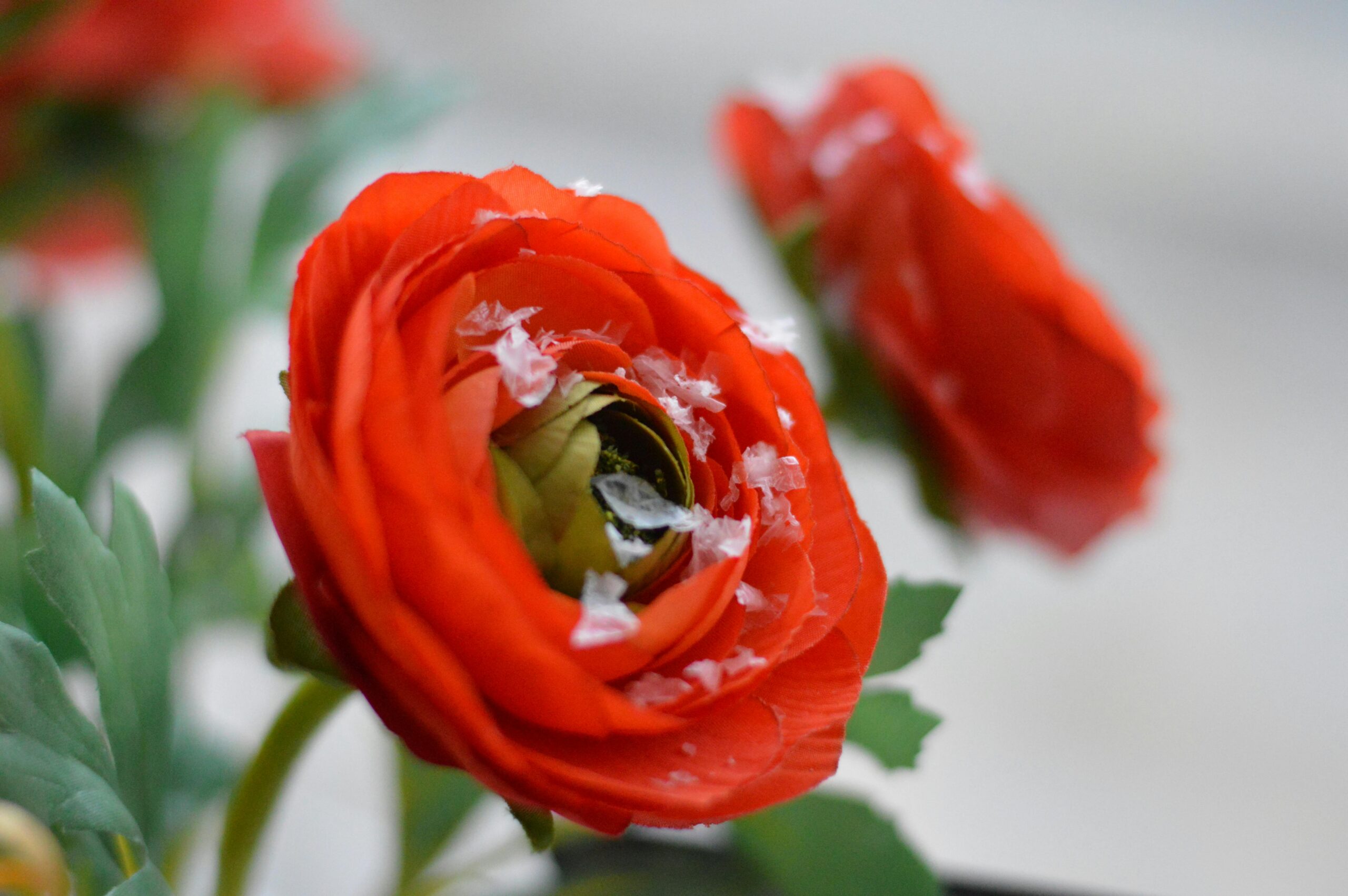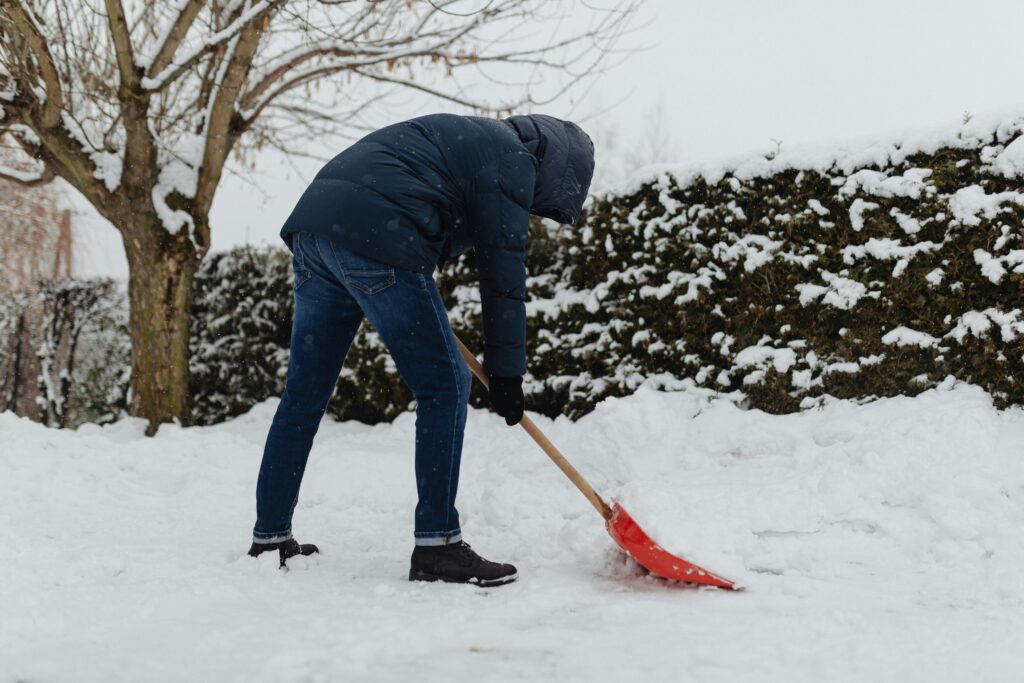
Imagine stepping into a garden blanketed in frost, where every branch, leaf, and bloom tells a story of resilience and quiet beauty. Most people think gardens hibernate in winter, but those who master winter design and planting know it’s a season bursting with potential. When the temperatures drop and daylight fades, the garden doesn’t have to lose its charm. Instead, it can transform into a living artwork that thrives in the cold.
Winter design and planting might seem like a daunting challenge. After all, how do you keep a garden alive and captivating when everything else is retreating from the chill? The secret lies in selecting the right plants, structuring the garden thoughtfully, and embracing seasonal changes as part of the landscape’s narrative.
In this article, you’ll discover how winter design and planting can turn a dormant yard into a vibrant space full of texture, color, and life. From hardy evergreens and striking architectural shapes to subtle hues of winter berries and bark, you will learn how to choose and arrange plants to create year-round interest. We’ll dive into the techniques that ensure your garden not only survives but flourishes despite frost, snow, and freezing winds.
You’ll also explore practical tips on soil preparation, mulching, and protecting sensitive plants so they can endure the cold months. Plus, we’ll uncover creative ways to incorporate sculptural elements, garden lighting, and natural materials that complement your planting design and enhance the winter atmosphere.
By the end of this read, you’ll have a blueprint for crafting a winter garden that captivates with its resilience and beauty. Whether you’re a seasoned gardener or just starting, this guide to winter design and planting will inspire you to embrace the cold season with confidence and creativity. Get ready to see your garden in a whole new light – one that glows quietly but powerfully under crisp winter skies.
Why Design and Planting Matter: Creating Gardens That Thrive in the Cold
When we think about gardening, many imagine vibrant blooms and lush greenery basking in warm sunlight. However, winter design and planting open up an entirely different, yet equally fascinating world. Design and planting in the context of cold-weather gardens isn’t just about aesthetics; it’s a strategic, thoughtful process that ensures your outdoor space not only survives but thrives during the harshest months of the year.
“Design and planting” refer to the deliberate planning of garden layouts combined with the selection and arrangement of plants to suit specific environmental conditions, in this case, cold climates. This approach is critical to winter gardening because plants face unique challenges: shorter days, freezing temperatures, frost, and often snow cover. Without the right design and plant choices, a garden can appear lifeless or even perish before spring arrives.
So why is winter design and planting so important? According to a 2022 survey by the Royal Horticultural Society (RHS), over 60% of gardeners expressed a desire to have beautiful outdoor spaces year-round, pushing interest in winter garden design to an all-time high. Gardens that perform well in winter provide visual interest when most plants are dormant, contribute to local biodiversity by offering resources to pollinators and birds, and can enhance property values through curb appeal even in the off-season.
Imagine the story of Emma, a gardener living in Vermont, where winter days can be bone-chilling and long. Frustrated by her garden’s barren winter look, she embraced winter design and planting principles. By integrating evergreens like boxwood and holly, incorporating winter-blooming plants like witch hazel and hellebores, and layering textures with ornamental grasses and bark-mulched paths, Emma transformed her outdoor space into a vibrant, serene winter haven. Today, her garden is a local inspiration, drawing neighbors to experience the beauty and joy of a well-planned winter landscape. Emma’s success shows that with the right design and planting strategy, gardening doesn’t have to hibernate when the temperatures drop, it can flourish.
In this article, we will explore the core principles of winter design and planting, helping you build a garden that remains captivating and healthy throughout the cold season. From soil preparation to plant selection, each step plays a pivotal role in ensuring your garden withstands winter’s test and blooms with resilience year after year.
Tips for Winter Design and Planting: Creating Gardens That Thrive in the Cold
❄️ Plan for year-round interest: Incorporate evergreen shrubs and trees to add structure and color even when deciduous plants lose their leaves. This foundation ensures your garden remains visually appealing during winter months.
☃️ Choose hardy plant varieties: Select plants known for their cold tolerance, such as hellebores, snowdrops, and ornamental cabbages, which can survive frost and snow while adding texture and color.
🌿 Use layering techniques: Combine ground covers, mid-height perennials, and taller shrubs to create depth and shelter that protects sensitive plants from harsh winds and freezing temperatures.
🧊 Mulch generously: Apply a thick layer of organic mulch to insulate roots, retain moisture, and prevent soil freeze-thaw cycles that could damage plant health during winter.
🌞 Maximize winter sun exposure: Position sun-loving plants in spots that receive ample winter sunlight, helping them photosynthesize and stay healthy despite shorter days and weaker light.
🌬️ Windbreak installations: Use hedges, fences, or strategically placed trees to shield your garden from cold gusts that cause moisture loss and damage delicate foliage.
💧 Efficient watering strategies: Water plants during warmer parts of the day before the ground freezes to ensure hydration without ice formation around roots.
✨ Incorporate winter interest elements: Add decorative features like colorful berries, textured bark, and interesting seed heads to maintain garden vitality and charm throughout the season.
By following these design and planting tips, your garden can not only survive but truly thrive in cold winter conditions, turning challenges into opportunities for beauty and resilience.

Key Concepts in Winter Design and Planting: Creating Gardens That Thrive in the Cold
When we think of gardens, lush blooms and vibrant greens often come to mind, typically associated with spring and summer. Yet, the art of Design and Planting in winter gardens explores a captivating narrative of resilience, subtle beauty, and quiet strength, turning frost-kissed landscapes into living tapestries that hold their own magic in the cold months. To truly appreciate this, we must delve into several foundational concepts that reveal how creative design and thoughtful planting transform barren winter spaces into thriving environments.
Embracing the Seasonal Story: More Than Just Survival
Winter gardens do not merely survive the cold; they unfold a unique story that resonates with the cycles of nature. The concept of design here transcends aesthetic arrangements; it becomes a deliberate orchestration of form, texture, and color that harmonizes with the season’s particularities. Unlike the riotous color of summer blooms, winter gardens invite us to perceive subtlety: the frost’s silver lacework on evergreen needles, the skeletal grace of bare branches, or the nourishing architecture of hardy seed heads.
Imagine the garden as a stage set for a winter play, where every plant is a character playing its role, some bold and architectural, others delicate and ephemeral. This metaphor highlights how design involves understanding plants’ natural rhythms and physical characteristics, manipulating them to create scenes that enchant even under grey skies.
Structure as the Backbone: The Importance of Form and Texture
One of the essential pillars in the design and planting of winter gardens is the emphasis on structure. While flowers may retreat, structural elements take center stage. Think of a photographer seeking to capture the perfect image where light and shadow interplay, structure provides that defining silhouette in a winter landscape.
Evergreens, with their resilient foliage, act like the skeleton of the garden. Their forms can range from stately conifers resembling sentinels guarding the space to the soft, textured hedges that buffer winds. Deciduous plants, though leafless, contribute by their bare branches’ intricate networks, adding a visual complexity akin to lacework or delicate filigree.
Texture complements form, weaving a tactile richness that invites both sight and touch. Rough bark, smooth holly leaves, feathery grasses, spiky conifers, all these textures together create contrast and depth. The interplay of texture in winter gardens can be likened to a finely composed piece of music where different instruments (textures) come together to produce harmony.
Color Through Contrast and Symbolism
The challenge of infusing color into winter design and planting is akin to painting a landscape with a limited palette, yet it is in this limitation that creativity flourishes. Winter colors are often muted but can be striking when used thoughtfully, subtle greens of yew and boxwood, the deep reds of holly berries, the burnt orange tones of dried grasses, or even the ghostly white of snowdrops bravely emerging through frost.
Color in winter gardens often revolves around contrast. The vividness of red berries against white snow, or the deep green of an evergreen beside the rusty brown of dried seed heads, provides focal points that draw the eye. These contrasts serve much like punctuation in a written sentence, they add emphasis and rhythm.
Additionally, color in winter is symbolic. Red berries may evoke warmth and vitality amidst the cold, evergreens symbolize endurance and eternal life, while white flowers can speak of purity and hope. This symbolism enriches the emotional narrative infused in garden design, making the space not just visually arresting but thoughtfully resonant.
Microclimates and Environmental Context: Nature’s Frame for Design
Every garden exists within a unique environmental playing field shaped by microclimates, small pockets where conditions differ from the general climate. Understanding and harnessing these microclimates is a critical conceptual layer in design and planting, especially in winter when cold spells and frost can vary greatly even over short distances.
For example, a south-facing wall may catch more sun and create a warmer niche, allowing for the planting of slightly less hardy species, while low-lying areas may collect frost like a frigid basin. Trees and shrubs can serve as natural windbreaks, modifying the microclimate and creating sheltered spots for tender plants.
This idea connects to the broader metaphor of the garden as a living ecosystem, designers are not simply placing plants randomly but are acting as conductors tuning an orchestra, ensuring each part complements the environmental conditions. This sensitivity to place adds depth to the planting design, allowing gardens to flourish authentically within their specific cold climate contexts.
The Dance of Dormancy and Activity: Timing as a Conceptual Layer
While winter may seem like a pause in the life of a garden, it is in fact a dynamic period rich with dormancy and latent activity. This duality is a subtle but profound concept underlying design and planting choices. Plants are not merely resting; they are preparing for resurrection come spring. Roots grow beneath the frozen surface, and certain winter flowers bloom at a time when pollinators are scarce but crucial.
Designing with this dormancy in mind is like composing a story with a quiet prologue, a time when anticipation builds, and the garden’s character deepens. The sequencing of plants that bloom or display interest in late fall, winter, or early spring can provide layers of storytelling across the seasons, transforming the garden from a static object into a living narrative.
Longevity and Adaptation: The Garden’s Winter Legacy
An often overlooked but profound concept in winter design and planting is the idea of longevity and adaptation. Winter-hardy plants are not merely survivors; they are pioneers in an ongoing evolutionary dialogue with the environment. Their traits, whether antifreeze-like sap, tough leaves, or flexible stems, all represent adaptations honed over millennia.
Designing for winter gardens means respecting this legacy and choosing species whose life strategies align with harsh seasonal demands. It also involves anticipating how these plants will change and grow over time, growing thicker, shedding leaves, or producing berries that feed wildlife.
This long-term perspective invites a gardener or designer to think not just in terms of immediate visual impact but in the stewardship of a living entity that will mature, adapt, and continue to enchant through many winters.
In essence, Design and Planting within the context of winter gardens is a poetic interplay of form, texture, color, and ecological understanding. It demands an attuned sensitivity to nature’s rhythms and an appreciation for the quiet drama of the cold months. Through embracing structure, contrast, microclimate, dormancy, and longevity, gardens can be crafted not just to survive but to thrive, telling stories that glow softly in the heart of winter’s embrace.
Frequently Asked Questions about Winter Design and Planting: Creating Gardens That Thrive in the Cold
❓ What are the key considerations for winter garden design and planting?
When designing and planting for winter, focus on selecting hardy plants that can withstand cold temperatures, incorporate evergreen shrubs for year-round structure, and use textures and colors that brighten the garden during dull months. It’s also important to prepare the soil well and plan for shelter against harsh winds.
❓ Which plants are best suited for winter gardens?
Some of the best plants for winter gardens include hellebores, snowdrops, witch hazel, and conifers. These plants not only survive cold conditions but also provide visual interest with blooms, foliage color, or striking shapes during winter.
❓ How can I protect my plants from severe cold and frost?
Protect plants by mulching around their base to conserve moisture and regulate soil temperature. Using frost cloths or garden fabric during extreme cold snaps can also prevent frost damage. Additionally, planting in sheltered locations like near walls or fences can reduce exposure to biting winds.
❓ Is it possible to design a winter garden that also attracts wildlife?
Absolutely! Incorporate berry-producing shrubs, seed-bearing perennials, and plants that offer shelter to birds and beneficial insects. Winter gardens can be vibrant ecosystems that support wildlife even in cold months.
❓ When is the best time to start planning and planting for a winter garden?
Begin planning in late summer to early autumn, so you can prepare soil and select plants suited for winter hardiness. Planting hardy perennials and shrubs in early autumn allows roots to establish before the cold sets in, ensuring a strong start for the winter season.
